Fernwayer’s Private Tours in Rome
Experience Rome with our private tours, from food experiences and wine tastings to guided walks through historic streets. Discover art and architecture from new perspectives and meet locals who keep the city’s culture alive.
Seeing Rome can feel overwhelming. Centuries of monuments, museums, and myths compete for attention, often leaving visitors unsure where to start or how to connect what they see to the city’s present. Fernwayer’s Rome experiences bring order to that abundance, guiding you through landmarks like the Colosseum, the Vatican, and Piazza Navona with a distinctive angle that lets you see even the most iconic sites in a new way, alongside places where Rome’s character keeps evolving — its markets, ateliers, and lived-in neighborhoods.
Our approach combines deep expertise with access rarely available to the public. You can visit parts of the Vatican closed to most visitors, enter private palaces to view artworks still in their original settings, or gain access to selected areas within major sites that are not part of standard visits. Each encounter blends precision and privilege, showing you how centuries of power, art, and everyday life remain connected.
You can also explore Rome through different perspectives: running at dawn among baroque squares, studying painted ceilings during an art walk, or tasting wines in a countryside estate just beyond Rome. Every itinerary is designed and led by professionals — archaeologists, photographers, sommeliers, artists, art historians — who make the city’s vast history understandable and alive.
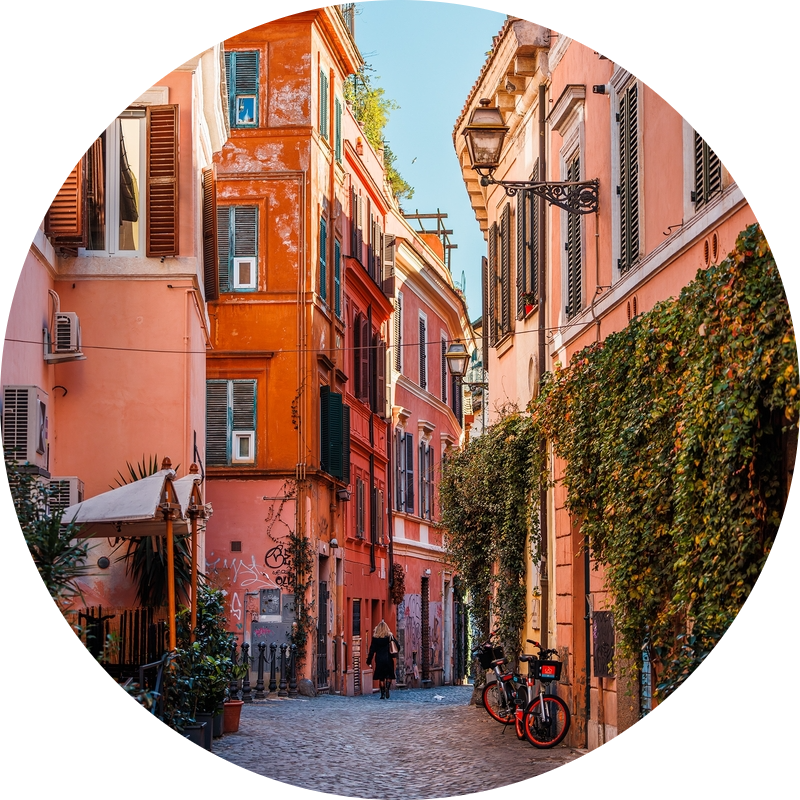
FERNWAYER'S ROME ESSENTIALS
We’ve curated a collection of experiences that showcase the very best of Rome across art, history, and tradition. These are the most outstanding tours you’ll find in the city. They’re your chance to experience Rome with the people who know it inside out.
Our essentials take you into churches where masterpieces rival those of international museums, through noble palaces and iconic monuments with an art historian, or behind the lens of a professional photographer to capture the city’s magic. You’ll uncover anecdotes hidden in the narrow streets of the centro storico, watch the baroque city awaken at sunrise, or meet Michelangelo through his enduring masterpieces. Around the table, you might share Sunday dishes at a grandmother’s home, browse the stalls of a market where Romans shop every day, or take part in the making of authentic gelato inside one of the city’s most storied gelaterias.
Explore our essential Rome tours below or see all Rome experiences here.
MAKE THE MOST OF YOUR TIME
Fernwayer’s Rome Journeys — suggested itineraries, designed by us, booked by you — are anchored in our curated experiences.
Just one day in Rome? Where Rome’s Legends Were Made is the ideal choice, bringing you through the Forum, Colosseum, and Capitoline Hill with context that connects ruins to the stories that shaped them. With 5 days in the city, Rome, Layer by Layer is one of Fernwayer’s Journeys — a curated combination of guided tours and independent exploration that reveals Rome’s art, neighborhoods, and everyday life, from hidden churches to markets and family kitchens. If pairing Rome with other Italian hubs, Italy: Canals to Colosseum links Venice, Florence, and Rome over seven days, weaving historic landmarks, gastronomy, and insider-only encounters across three cities.
The Human Edit
Need help planning your trip? A Fernwayer curator takes your preferences and designs a custom travel itinerary that works. This is human-led travel planning — by someone who understands the art of travel itinerary design — built around your dates and preferences. Each personalized itinerary uses Fernwayer experiences as anchors and complements them with recommendations for flights, hotels, restaurants, and self-explore ideas.
FOLLOW YOUR PASSIONS
From food and wine to art, local life, and exploration, Rome offers experiences that reveal the city’s genuine character. You might taste regional flavors in markets or a private home, discover new perspectives through photography and art walks, or explore neighborhoods where everyday life unfolds beyond the monuments. Those who enjoy being active can run through Rome’s streets at sunrise or venture beyond the capital on day trips through Lazio’s history and countryside. Each experience blends local knowledge and expert guidance, showing Rome through its culture, flavors, and daily rhythm.
Food & Wine Tours
Rome’s culinary identity is built on simplicity, seasonality, and strong ties to tradition. Walk through local markets like Trionfale to learn about ingredients at their source, join a sommelier for a tasting that traces Lazio’s regional wines, or share a traditional Sunday lunch, just like nonna would make. Cook together with a true Roman in her home surrounded by nature, nestled in a historic estate. Or venture just beyond the city to visit a small vineyard where local production continues quietly.
Day Tours from Rome
Lazio’s countryside offers a different rhythm from the city, with landscapes defined by vineyards and olive groves. Fernwayer's escape to a Roman vineyard takes you just beyond Rome to visit a family-run winery where winemaking still follows ancient traditions. Traveling from the capital makes it easy to connect local history with the region’s agricultural roots.
Art & Photo Tours
See Rome through the lens of those who study, capture, and interpret its beauty every day. Fernwayer’s art and photography walks invite you to slow down and look closer — at the curve of a Bernini sculpture, the geometry of ancient ruins where the power of ancient Rome was born and cultivated, or the story of a powerful family behind a baroque façade. Walk with a photographer to frame the city’s contrasts at sunrise or sunset. An art historian or archaeologist may lead you in search of starry ceilings inside churches, hidden masterpieces in secluded sacristies, and anecdotes along lesser-known streets of the center, where the tradition of the Madonnelle still survives.
Walking Tours in Rome's Authentic Neighborhoods
Fernwayer’s walking experiences in Testaccio, Pigneto, and Corviale focus on how Rome is changing beyond its historic center. These neighborhoods reflect the city’s social and architectural transformations — from industrial heritage and working-class roots to street art and new community spaces. Guided by a sociologist, the walks look at how people live, work, and interact within these evolving areas. Each route explains how housing projects, local culture, and everyday habits reveal the city’s present and its connection to the past.
Running Tours
Run through the city where art and history meet at every turn. Follow a route connecting Michelangelo’s masterpieces, walk or jog along the Appia Antica — the ancient road that still links Rome to its past — and cross the Parco degli Acquedotti at sunrise, when arches and light create a moving skyline. In the early morning, pass through baroque squares as the city awakens, seeing fountains and façades in a slower rhythm. Led by licensed guides and art historians who are also running coaches, each experience adjusts to your pace and combines movement with cultural discovery, turning exercise into a way to read and understand Rome.
Vatican Tours
Step inside the world’s smallest state, where the story of papal Rome is written in stone, paint, and marble. Fernwayer’s Vatican experiences lead through St. Peter’s Basilica and the Sistine Chapel, showing how power and faith shaped centuries of art. Explore the Vatican Museums with an expert guide, from ancient sculptures to Raphael’s rooms, and gain access to rarely opened spaces such as Bramante’s Spiral Staircase and the frescoes by Beato Angelico.
NEIGHBORHOOD GUIDE
Choosing where to stay in Rome shapes the rhythm of your days. Distances can be deceptive, and walking is often the best way to take in the city’s shifting scenery. The metro covers limited areas, so staying central or near key sites saves time. Private transfers help when comfort and timing matter. Day trips to Tivoli, Ostia Antica, or the Castelli Romani work best as separate excursions. Where to stay? For a refined and central stay, the areas around Piazza di Spagna, the Pantheon, and Campo de’ Fiori place you steps from major landmarks, boutique hotels, and excellent fine dining. Prati, more residential, could be ideal for a quieter base near the Vatican. Testaccio, once working-class, is now a gastronomic favorite, blending authenticity, contemporary art, and a genuine Roman spirit. Trastevere combines a village feel with vibrant nightlife, while Monti, in the heart of the city, balances local life with art studios, vintage boutiques, and design cafés. For more neighborhood highlights, explore the cards below.
Rome Neighborhood Guide
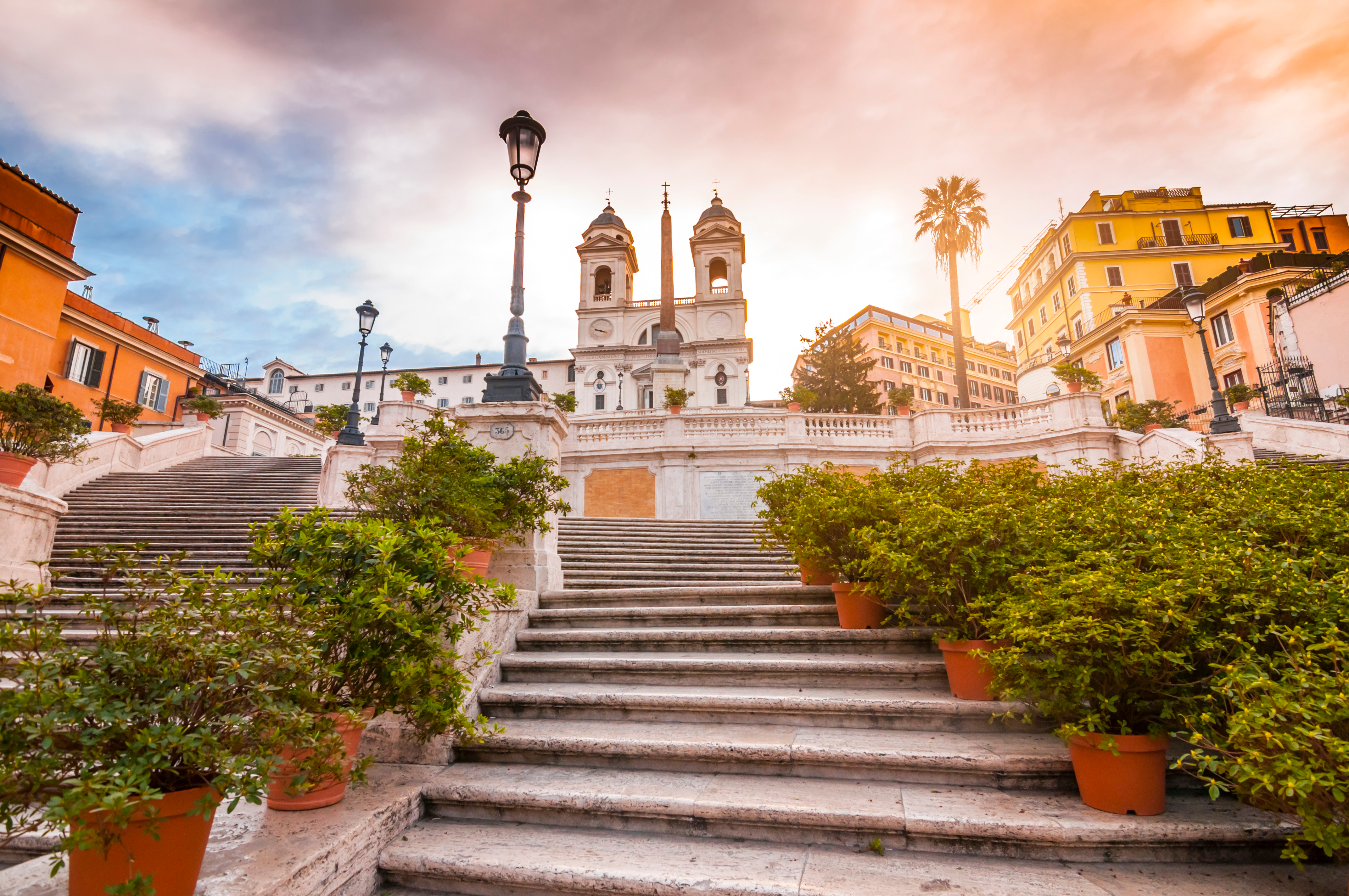
Centro Storico
The Historic Center is Rome’s monumental core, where centuries of history coexist within a few streets. Around the Pantheon, Piazza Navona, Campo de’ Fiori, and the Trevi Fountain, ancient temples stand beside baroque palaces and Renaissance façades. Churches like Sant’Ignazio and Sant’Andrea della Valle hold masterpieces of painting and sculpture, while the Capitoline Museums present one of the city’s finest collections of classical sculpture. Campo de’ Fiori hosts the city’s most central open-air market, a daily mix of produce stands and souvenir stalls surrounded by cafés and restaurants. Despite its crowds, this area remains unmatched for its concentration of art, architecture, and history. Recommended experience: The Doria Pamphilj Legacy.
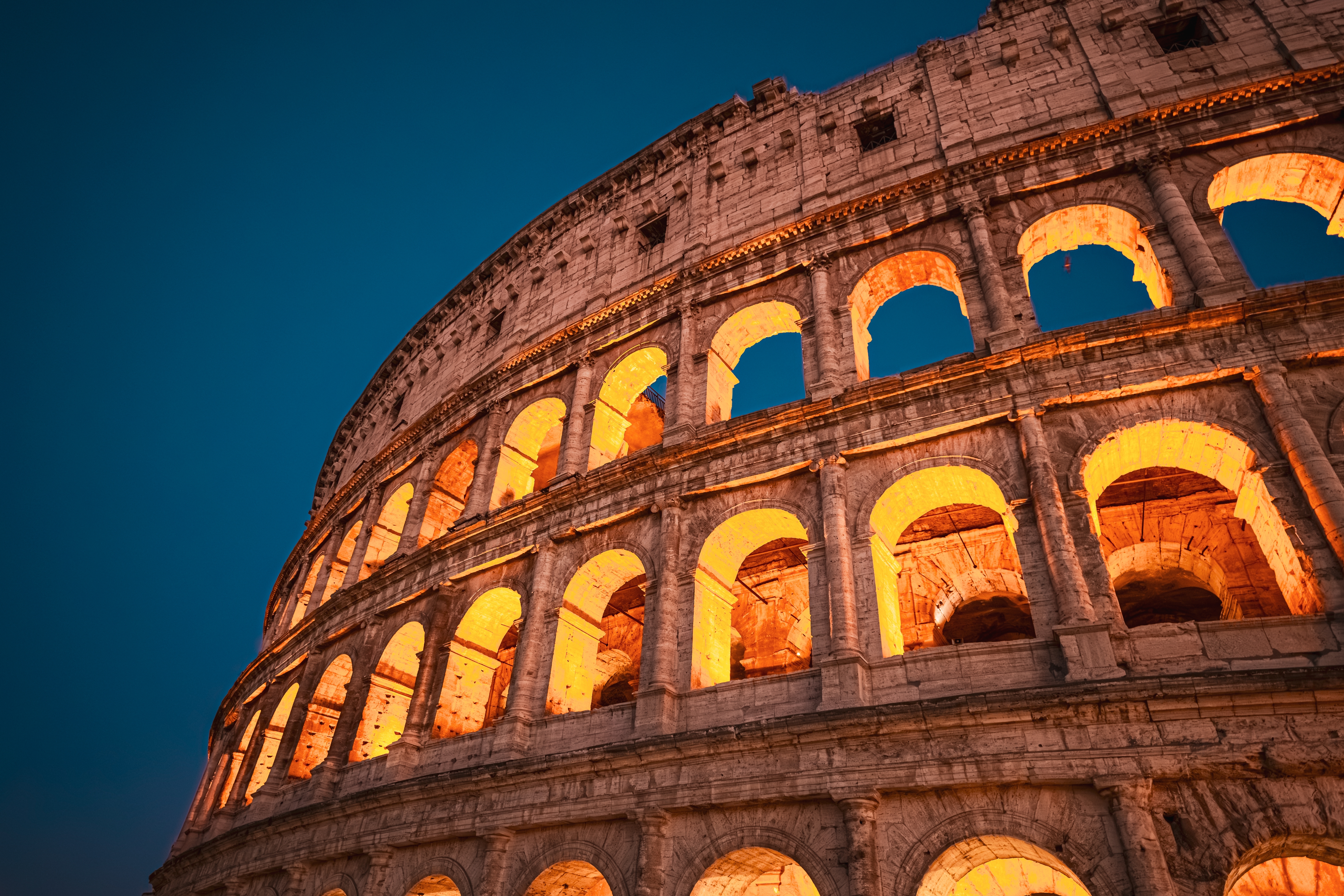
Colosseum & Roman Forum
This district centers on the Colosseum, Roman Forum, and Palatine Hill, forming Rome’s main archaeological zone. You can walk through temples, basilicas, and arches while also visiting nearby landmarks such as San Clemente, which layers early Christian and Roman remains. The Circus Maximus extends south, now used for concerts and events. Streets are wide and busy, but here you get Rome’s imperial scale at its fullest. The area is easy to reach and best explored on foot, ideal for focusing on antiquity and the city’s role as the capital of the ancient Mediterranean. Recommended experience: Where Rome's Legends Were Made.
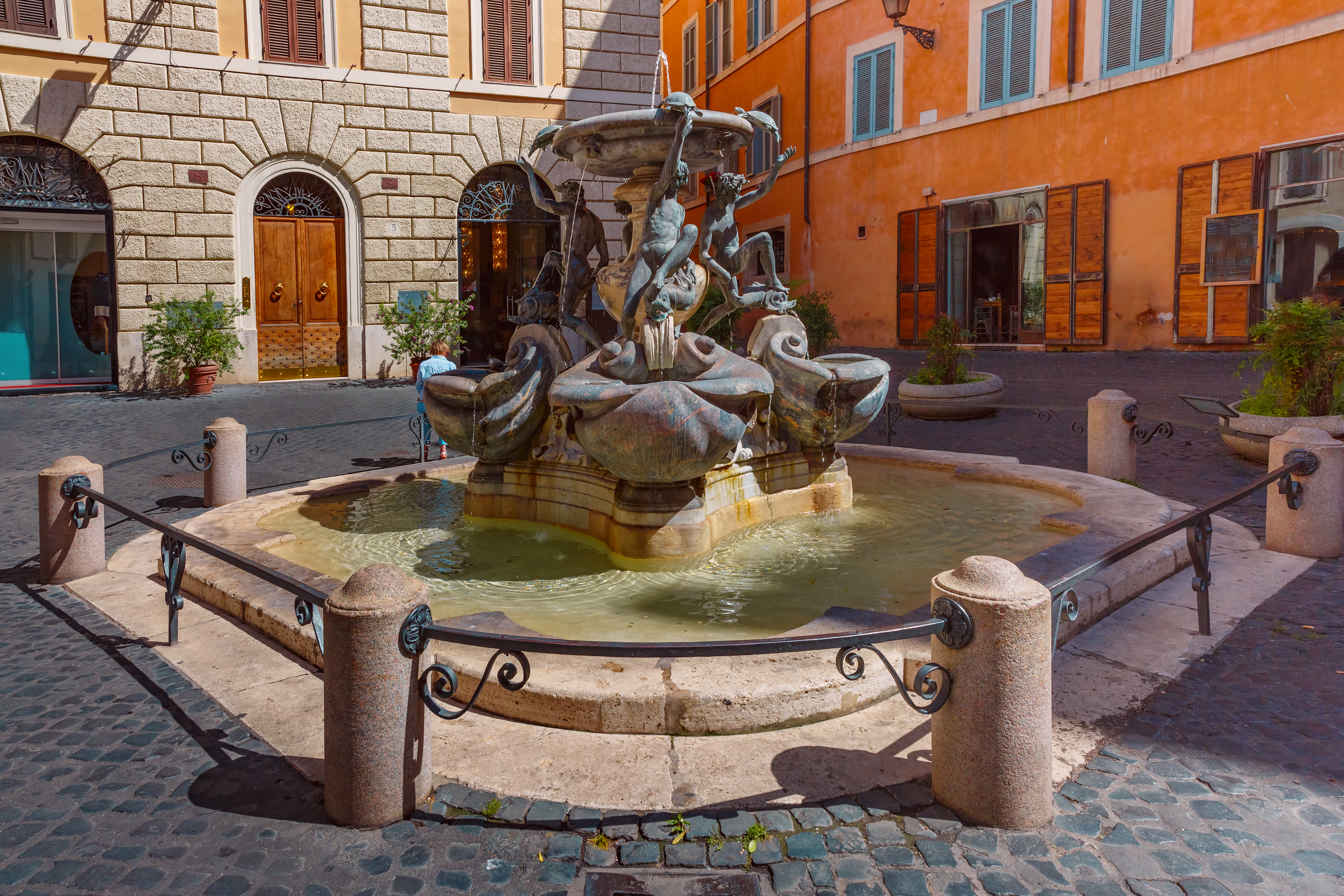
Monti
Monti feels more like a self-contained village than a monumental zone, with small streets lined by shops, bars, and galleries. Piazza della Madonna dei Monti is a lively meeting point, surrounded by cafés. The district is popular for its vintage stores and wine bars, but it also connects easily to major sites on foot. It appeals to travelers who want access to ancient landmarks combined with a contemporary Roman atmosphere of everyday life, food, and small boutiques. Recommended experience: Lazio in a Glass.
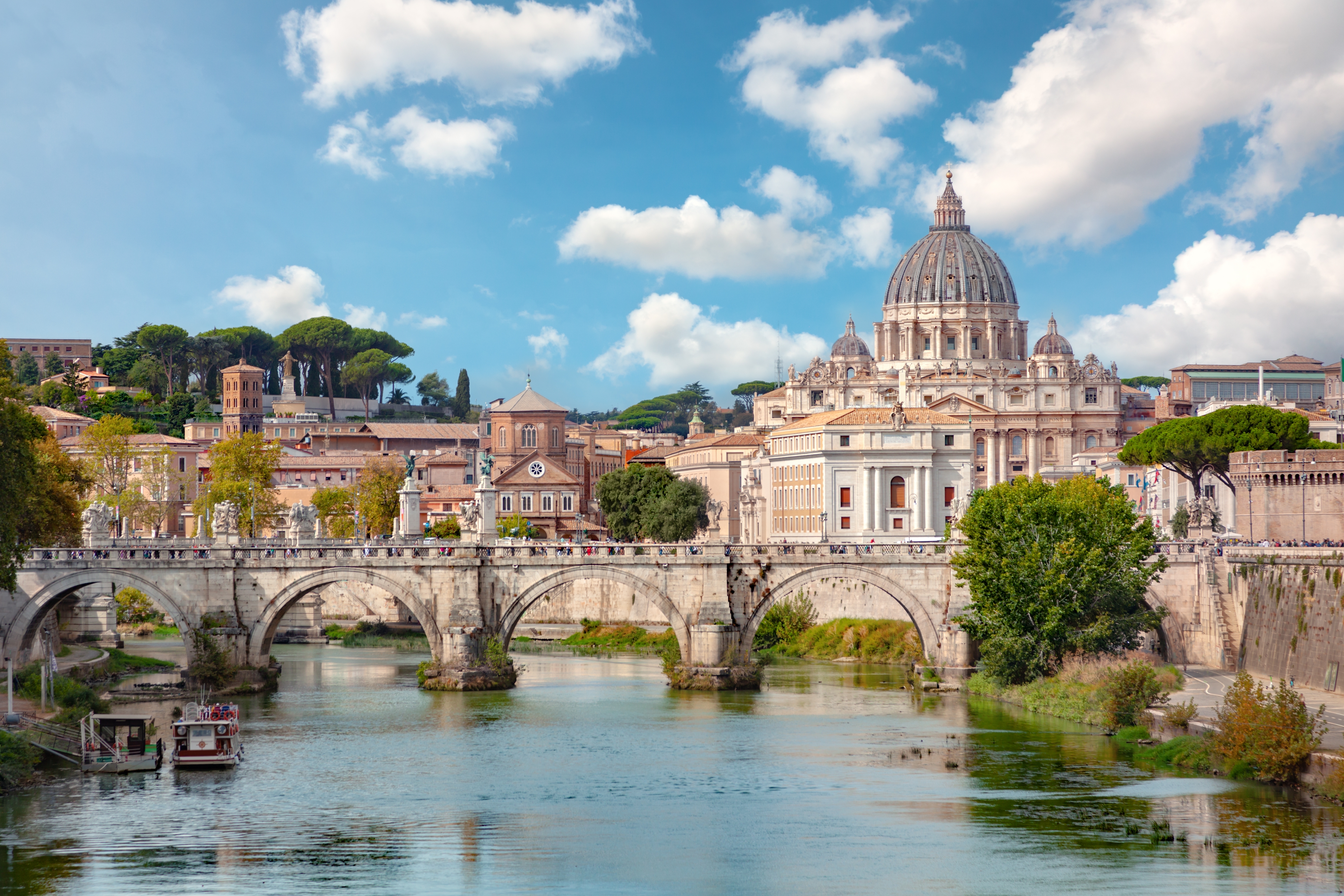
Vatican & Borgo
The Vatican area gathers some of Rome’s most extraordinary landmarks, including St. Peter’s Basilica, the Vatican Museums, and the Sistine Chapel. Pilgrims and visitors fill its squares each day, yet the grandeur of the architecture and the scale of its art remain overwhelming. Beyond the colonnades, narrow streets around Borgo reveal traces of the old papal quarter. Castel Sant’Angelo stands on the riverfront, linking the Vatican to the heart of Rome. It’s an area shaped by devotion and power, where art and history reach their most theatrical form. Recommended: Vatican, Bramante to Niccoline.
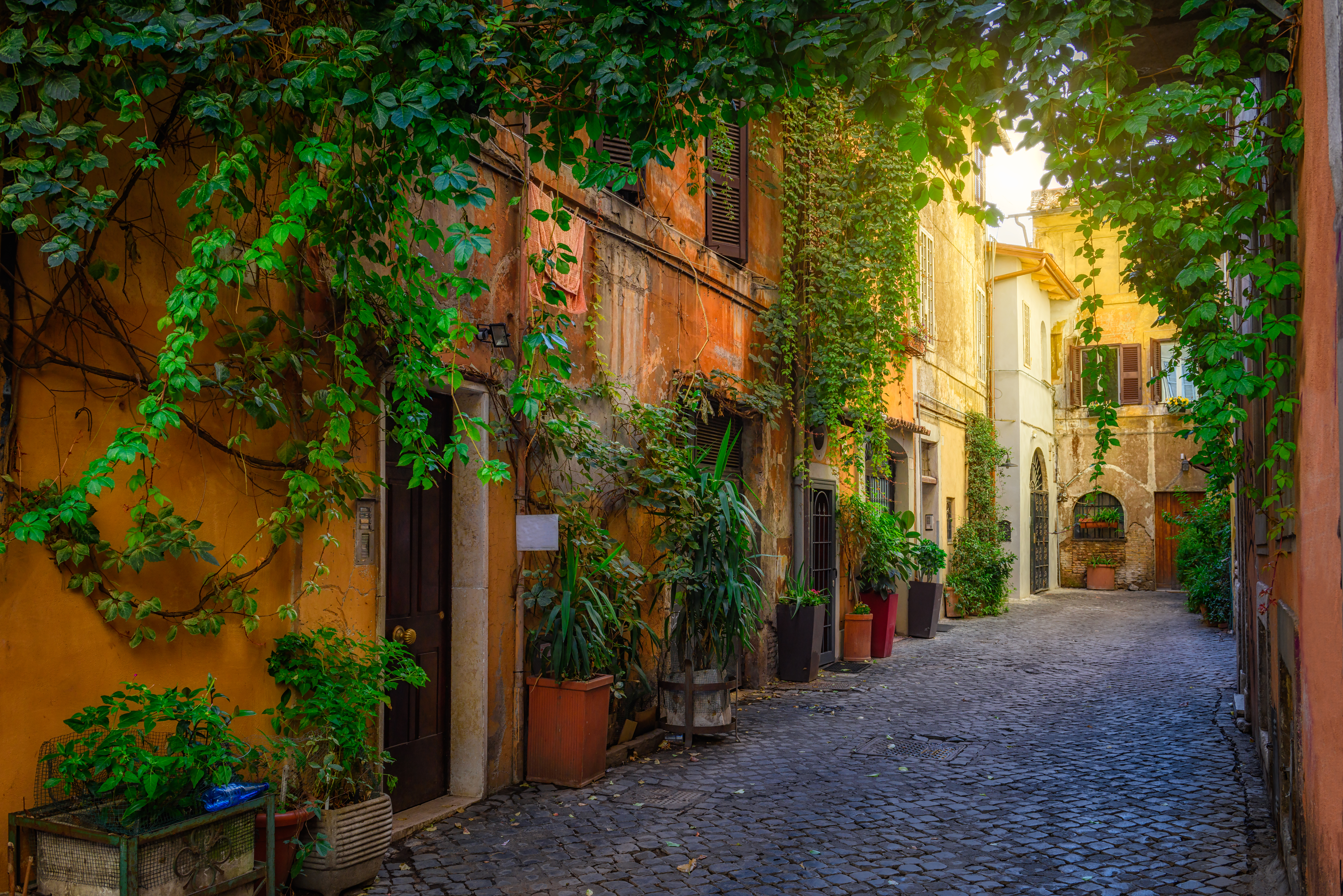
Trastevere
Across the Tiber, Trastevere preserves a more intimate sense of Rome. Its cobblestoned lanes twist between ochre façades, ivy-covered balconies, and small piazzas filled with street life. The mosaics of Santa Maria in Trastevere mark the heart of the neighborhood, while nearby Villa Farnesina reflects the grace of Renaissance art. The charm lies in the contrast between timeless architecture and lived-in atmosphere: laundry lines above trattorias, artisans’ workshops beside late-night wine bars. Even with its popularity, Trastevere keeps a strong identity.
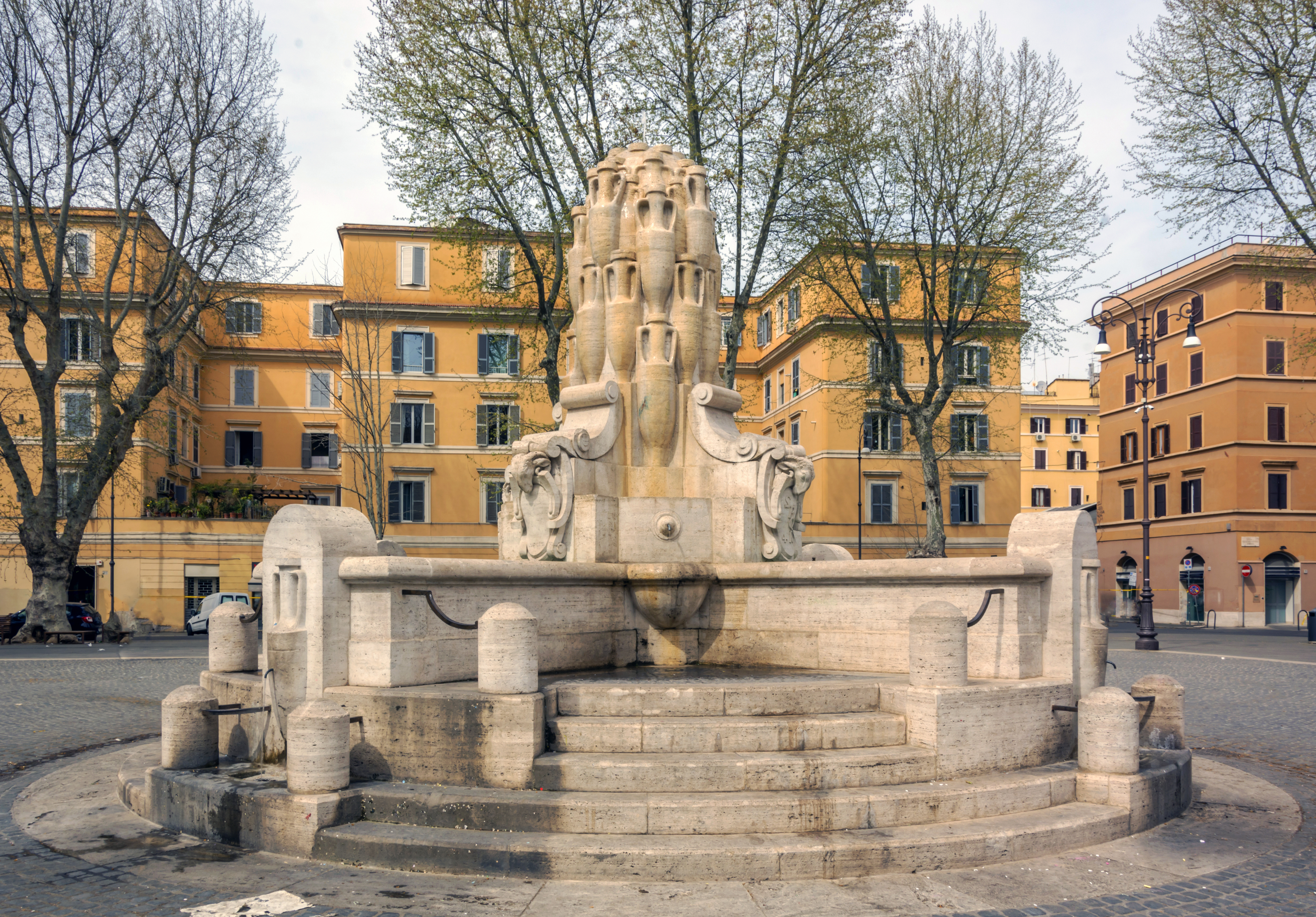
Testaccio
Testaccio reflects a more grounded Rome, shaped by its working-class roots and evolving food scene. The neighborhood revolves around its market, where daily shopping still sets the pace of life, and around trattorias that keep Roman cooking authentic without nostalgia. Former industrial buildings now host cultural spaces, blending the city’s working past with a creative present. The area has a genuine, lived-in rhythm and remains one of the best places to understand Roman food culture. Nearby Aventine Hill offers gardens and quiet views, adding a touch of calm just above the neighborhood’s lively streets. Recommended experience: Nonna's Recipes in Testaccio.
FREQUENTLY ASKED QUESTIONS
This FAQ gives clear, field-tested answers: where to stay in Rome for walking access and comfort; how to move easily between landmarks, from private transfers to short Metro rides; when and how to book restaurants or timed-entry sites like the Colosseum and Vatican Museums; and what to wear for churches or summer heat.
Where should I base myself — and why? For a luxury stay, the historic center is your best base: between the Pantheon, Piazza Navona, and Campo de’ Fiori you’ll find five-star hotels, boutique addresses, and the pleasure of walking to landmarks. Around Piazza di Spagna and Via Condotti—the Tridente—you’re close to Rome’s iconic shopping streets and some of its grandest hotels. Aventine Hill offers secluded villas and refined properties, with sweeping views and calm evenings. Monti provides a more intimate atmosphere while keeping you close to the Forum and Colosseum. Staying outside these central districts means more commuting and less spontaneity.
How do I move around effortlessly? Walking is the best way to absorb the city’s texture, but distances can surprise. Private transfers are the most reliable way to move between appointments—especially for airport arrivals, Vatican access, or evenings out. Taxis are common but traffic can be heavy. Rome’s Metro has three lines; it helps for specific stretches (Termini to the Vatican, for example) but doesn’t cover the historic core. To save time and energy, plan on a mix of walking, private car transfers, and taxis.
What is the smoothest private arrival? A pre-arranged car transfer from Fiumicino (FCO) or Ciampino (CIA) airports ensures the most seamless arrival. The ride from FCO to central Rome takes about 45 minutes, while Ciampino is slightly closer. For travelers seeking something extraordinary, helicopter transfers from Fiumicino to Rome’s Urbe Airport are available. Train connections from FCO to Termini (line Leonardo Express) are reliable but not as comfortable for travelers with luggage.
Do I need to pre-book tickets for major sites? Yes. Timed-entry tickets are mandatory for the Colosseum, the Vatican Museums, and the Borghese Gallery, and they often sell out weeks in advance. Fernwayer experiences secure your access, add context, and remove the stress of navigating rigid entry slots.
How far ahead do I need to book restaurants? High-end restaurants and Michelin-starred addresses should be reserved weeks in advance, especially spring through early autumn. For trattorias in the center, booking a few days ahead is enough. Walk-ins may work at casual places in Testaccio, Trastevere, or San Lorenzo, but for dinner near major sights, reservations are essential.
Is there a dress code for churches and the Vatican? Yes. Shoulders and knees must be covered to enter St. Peter’s Basilica and most major churches. Carrying a light scarf or jacket makes this easy to follow while remaining stylish.
Can I visit the Vatican on Sundays or religious holidays? St. Peter’s Basilica is open daily, including Sundays, but the Vatican Museums are closed most Sundays and on Catholic holidays. Sundays also bring large crowds in St. Peter’s Square for the papal Angelus, so plan accordingly.
When should I visit to avoid crowds? Late October to early March (except Christmas and New Year’s week) brings lighter crowds at the Vatican and Colosseum. Early mornings year-round are the best for landmarks like Trevi Fountain or the Spanish Steps. Easter week, May–June, and September are peak times—worth planning ahead.
Do you offer walking tours in Rome? Yes, we offer a wide range of private walking experiences—from classical history routes to thematic itineraries.
Is Rome safe for travelers? Yes—Rome is generally safe, but like any major city it has its nuances. The main risk is petty theft in crowded spots like the Colosseum, Trevi Fountain, or the Metro. Avoid keeping valuables in open bags and rely on private transfers when moving with luggage. Exploring on foot is safe at all hours in the central districts. Awareness, rather than worry, is all that’s required.
What should I wear in summer or winter in Rome? Summer is very hot: light clothing, a hat, and water are essential. Winters are mild but can be rainy, so a warm coat and umbrella are useful. Dress comfortably for walking year-round.
DISCOVER MORE OF ITALY
Explore Italy, city by city – curated private day tours and insider-led experiences in Venice, Milan, Florence, Rome, Naples, Sicily, Trieste, and Sardinia.
New Experiences Every Month!
We travel the world in search of transformative experiences outside the beaten paths. Subscribe to our newsletter to be among the first to know about new, exciting experiences around the globe.
FROM THE JOURNAL
Get ready for your next trip with long-form features from our travel and culture journal, Wayer.
FERNWAYER
We are reimagining luxury in travel as authentic connection, immersive storytelling, rare access, and a spirit of curiosity through curated, exclusive, and hard-to-arrange experiences.
Quick Links: